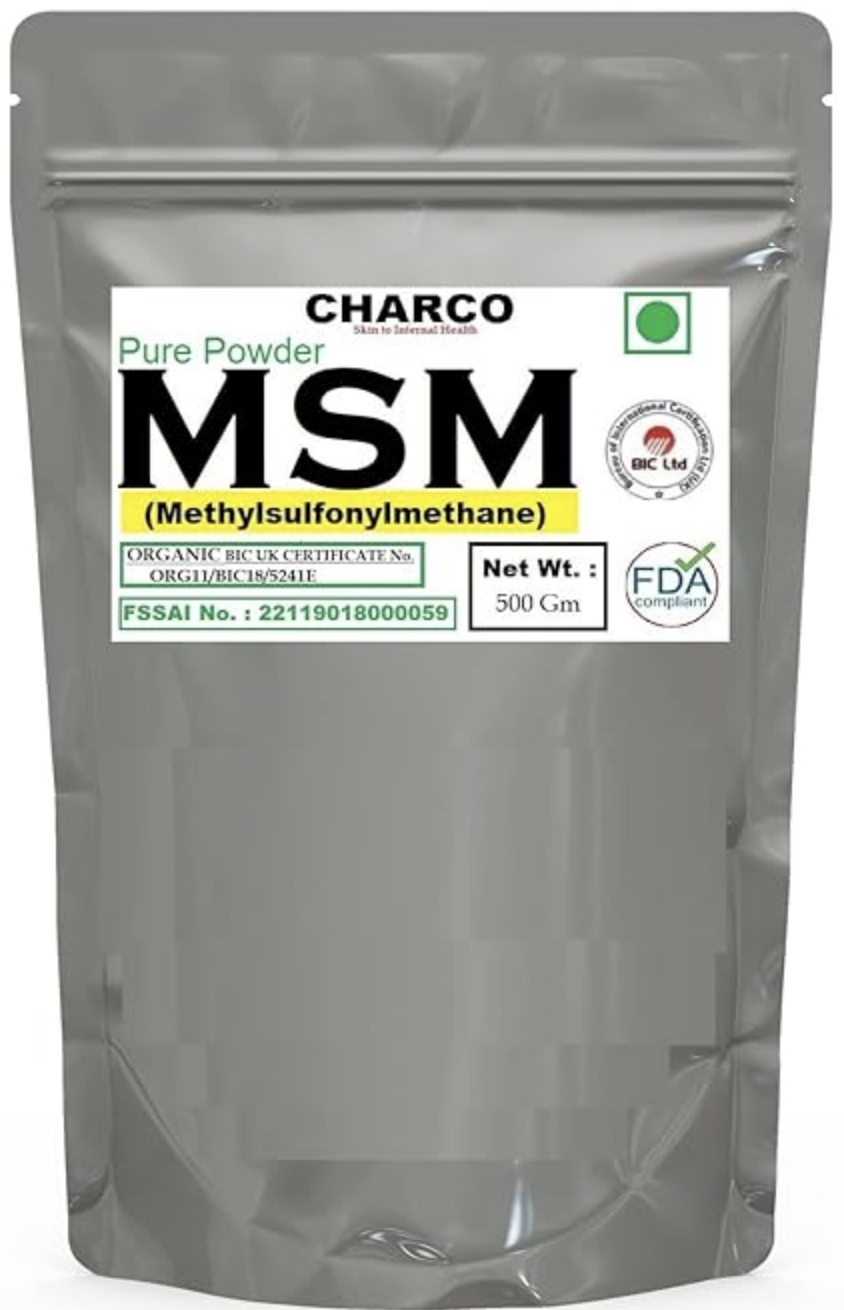|
Recommended Products
About this item
500 Grams, MSM (Methylsulfonylmethane) Powder
Guaranteed 100% Pure. No Fillers or Additives.
Lab Tested and Verified.
Import Origin: USA.
Improves flexibility, Detoxifies the body, Strengthens hair and nails, Accelerates energy
Vitamin C IV therapy has become increasingly popular over the last few years. A variety of micronutrient cocktails have been created with the goal to help support everything from dehydration and hangover to immune function and treating cancer.
|
|
CANCER - ALL YOU NEED TO KNOW
1. Types of Cancer >
6. Benign Tumors
These are non-cancerous but can still grow and cause problems. •Lipomas: Benign tumor of fat tissue. •Fibromas: Benign tumor of fibrous tissue. •Hemangiomas: Benign tumor of blood vessels. Here’s a brief overview of Lipomas, Fibromas, and Hemangiomas, all of which are benign (non-cancerous) tumors with distinct characteristics:
1. Lipomas
•Definition: Lipomas are benign tumors composed of mature fat cells (adipose tissue). They are the most common type of soft tissue tumor. •Characteristics: •Typically soft, mobile, and painless. •They grow slowly and can vary in size. •Often found on the neck, shoulders, back, arms, and thighs. •Diagnosis and Treatment: •Diagnosed based on physical examination, ultrasound, or MRI. •Usually, no treatment is necessary unless they cause discomfort or cosmetic concerns. In such cases, surgical removal or liposuction can be performed.
2. Fibromas
•Definition: Fibromas are benign tumors made up of fibrous or connective tissue. They can develop in various parts of the body, including the skin, uterus, and oral cavity. •Types: •Dermatofibroma: Found on the skin, often appearing as small, firm nodules. •Uterine Fibroma (Fibroid): Commonly found in the uterus, can cause symptoms like heavy menstrual bleeding or pain. •Oral Fibroma: Typically found in the mouth due to irritation or trauma. •Diagnosis and Treatment: •Diagnosed through physical examination and biopsy if necessary. •Treatment depends on the location and symptoms. Small fibromas may not require treatment, while larger or symptomatic ones may need surgical excision.
3. Hemangiomas
•Definition: Hemangiomas are benign tumors made up of an abnormal buildup of blood vessels. They are most commonly found in infants and can appear on the skin or internal organs. •Types: •Infantile Hemangioma: Appears shortly after birth and often resolves on its own by age 10. •Cavernous Hemangioma: A deeper form that may occur in the liver or other internal organs. •Cherry Hemangioma: Common in adults, appearing as small red or purple spots on the skin. •Diagnosis and Treatment: •Diagnosed through physical examination, ultrasound, or MRI. •Many hemangiomas do not need treatment and regress on their own. For problematic cases, options include laser therapy, medications (like beta-blockers), or surgery.
Comparison Table:
These tumors are generally benign and have a good prognosis, but their management can differ based on symptoms and patient concerns. Would you like more details on treatment options or specific cases? CANCER - ALL YOU NEED TO KNOW |
|
CANCER - ALL YOU NEED TO KNOW |
Oncology (Cancer) & Nuclear Medicine
This site has been developed for Cancer Patients & their Relatives under the 'Right of information for Patients'.
You may translate this page by clicking on the 'Select Language' - Top Left.




